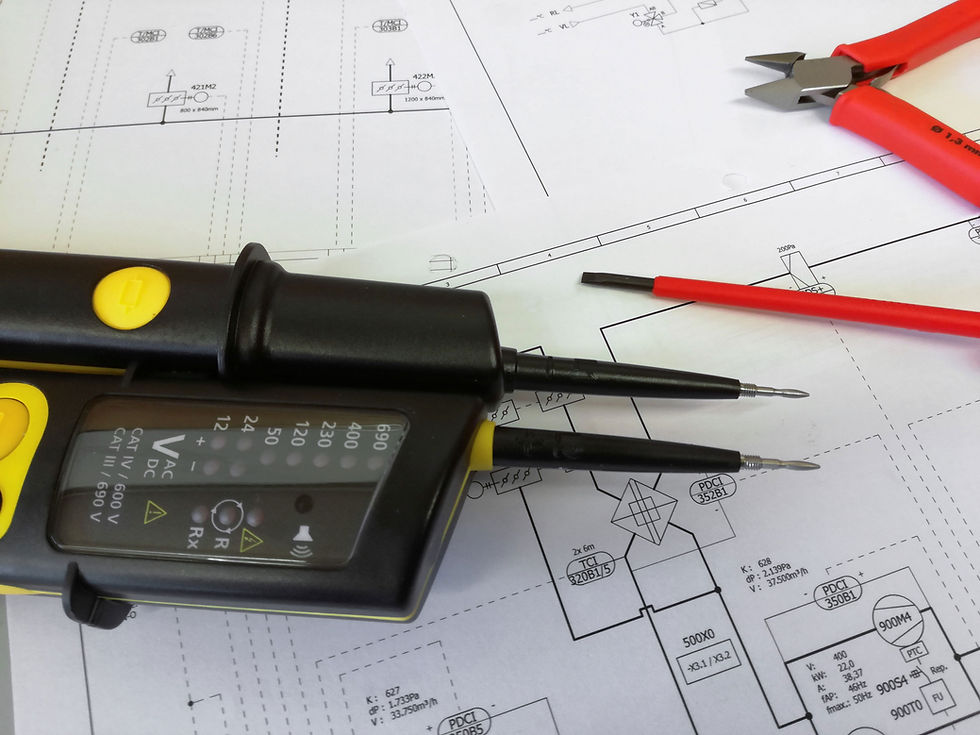Single Line Diagram for Integrated Security Solution
- pjansta
- Sep 10, 2021
- 2 min read

Electrical Design is pivotal to effective Integrated Security System implementation. Often, this critical element is underestimated. This can cause a plethora of risks and issues.
The scope of work and responsibility must be clearly defined. The responsibility matrix should set the precise definitions and identify individuals accountable for each discipline involved in the project.
In this article, I will lay out four basic terminology and engineering principles. I will discuss few scenarios. However, the circumstances are always unique with each project.
1. What is it?
A Single Line Diagram (SLD) is a graphic representation of the electrical distribution systems. Universal symbols are used to represent different components and their relationships.
2. Why Do I need it?
The integrated security solution requires reliable power distribution and emergency power such as UPS and Generator. Power redundancy largely depends on the type of facility.
3. Interpreting Single Line Diagrams
A new project can be straightforward when developing and reading SLD; however, developing the extension, upgrade, or migration programs can become an intricate task.
For example, due to the unclear responsibility or Scope of Work. The appointed consultant should be responsible for the detailed review, evaluation, comments, and approval. Based on the outcome advising the client as well as the Contractor.
New Build:
a) In most cases, the accountability is with the project consultant, who then approve the SLD for the construction. The Contractor will then implement the approved design, and the consultant oversees the process.
b) All field devices should be included reflecting the integrated security solution as approved by the client. Such as facility locations, cable size & length, distribution boards, circuit breakers, main bus bars, incoming power, generator, UPS, switch over, voltage drop data, cabinets and so on.
Extension, upgrade & migration projects:
a) In this scenario facility operator/ client should have existing SLD available.
b) The accountability should be with the consultant to evaluate the requirements to reflect the client needs.
c) The consultant will produce an updated SLD based on the Integrates Security Solution specification.
4. General Requirements
Power supply to all security facilities, systems, networks, devices, and infrastructure will consist of primary AC power from a reliable utility source, an alternative power source, dedicated backup, automatic switching and full protection against surges in the incoming power. The power redundancy depends on the type of facility.

Comments